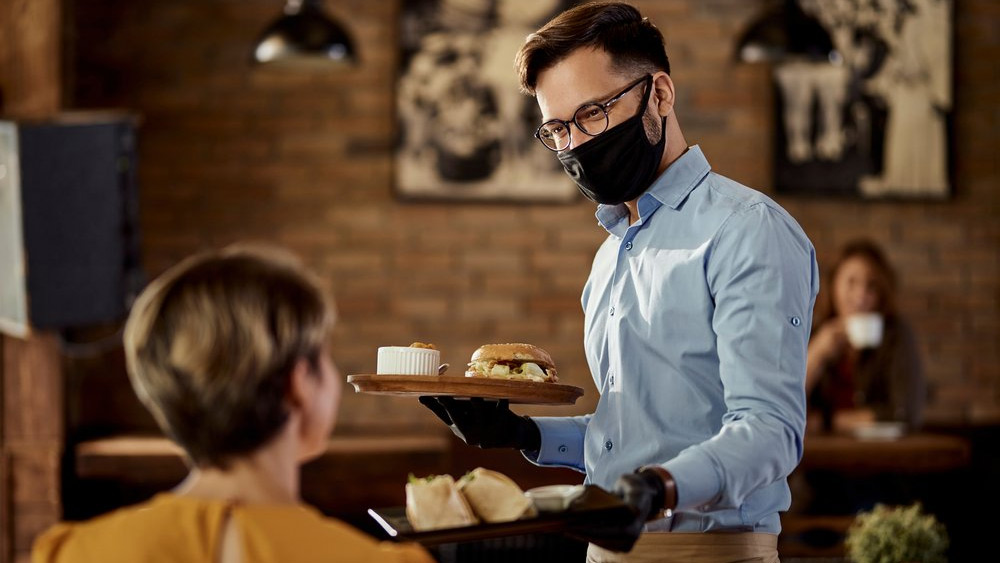Several businesses have little option but to adapt by turning completely digital, offering new opportunities. Many companies have had to adapt as an unprecedented number of customers choose delivery or takeout from their favorite eateries rather than dining in.
Ghost Kitchen met the desire for off-premise restaurant dining, known as dark kitchens, virtual kitchens, cloud kitchens, or headless restaurants. Due to the lack of a storefront and wait for staff, they differ from traditional brick-and-mortar restaurants. As the space (kitchen) is configured for delivery or takeout-only meals, this supports restaurateurs in diversifying their online menu selections.
With fewer expenses and speedier launch periods, ghost kitchens’ popularity is widespread are more profitable than traditional eateries during the pandemic. Restaurant operators didn’t have to worry about paying for rent, power, water, gas, and other utilities for their dine-in establishments. Also, they were safe from the expense of hiring waitpersons and cashiers who deal with consumers directly. Instead, they only required wholesome ingredients, a kitchen, and cooks to make the cuisine.
This made it far simpler for new business owners to break into the market. Some operators had considered launching a restaurant but needed more initial money. They learned from the virtual kitchen craze that they could start their own companies for much less.
Traditional eateries tend to be more complex than virtual kitchens. Ghost kitchens run out of the owners’ homes or places of business, unlike big chains. This means they emphasize uncomplicated meals with wholesome ingredients instead of elaborate dinners made from reheated food. Because the food is prepared to order, ghost kitchens frequently offer more significant quantities, cheaper ingredients, and less waste. Additionally, the food must be suitable for delivery, making it even more crucial to pack as much taste into as few ingredients as possible.
Michael Schaefer, a global leader in food and beverage at the market research organization Euromonitor International, reports that global delivery sales doubled between 2014 and 2019. He adds that before the pandemic, major investors had already begun investing in “ghost kitchens.”
Since the beginning of the pandemic, Brinker International, which owns Chili’s and Maggiano’s Little Italy and has more than 1,500 kitchens across the country, has launched a virtual-only brand called It’s Just Wings delivered by DoorDash. It is projected to generate $150 million.
Schaefer estimates that China has 7,500 ghost kitchens for meal production with the aim of delivery only, while 750 in the United Kingdom, 3,500 in India, and 1,500 in the United States.
By 2030, he claims, this growing cloud kitchen business could generate a $1 trillion worldwide market.
According to Schaefer, future advancements in restaurant automation can also be brought about by a thriving cloud kitchen growth industry.
According to him, in five to ten years, this change could result in complete automation of the production of some menu items, such as pizza, ramen, or expensive coffee, to increase service speed and reduce food production costs.
Ghost kitchens are a preferred business model for restaurateurs, which makes sense given that brands are struggling with rising rents and shrinking margins and that consumers are increasingly turning to online ordering choices instead of dining out. Operating a ghost kitchen has benefits such as lower overhead, business insights, and idea flexibility.
Ultimately, anyone can open a ghost kitchen with excellent recipes, cooking skills, and sufficient business knowledge. The lower operating expenses made it possible for thousands of kitchens to be built that otherwise might not have been.

Leave a Reply